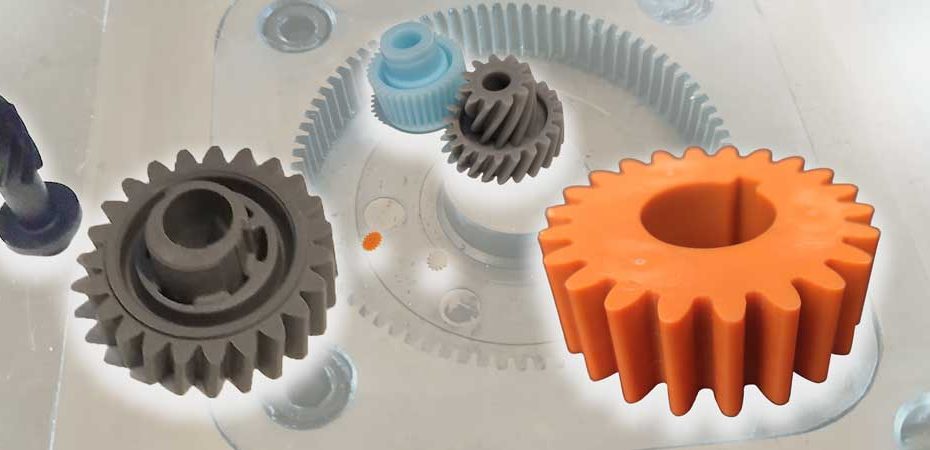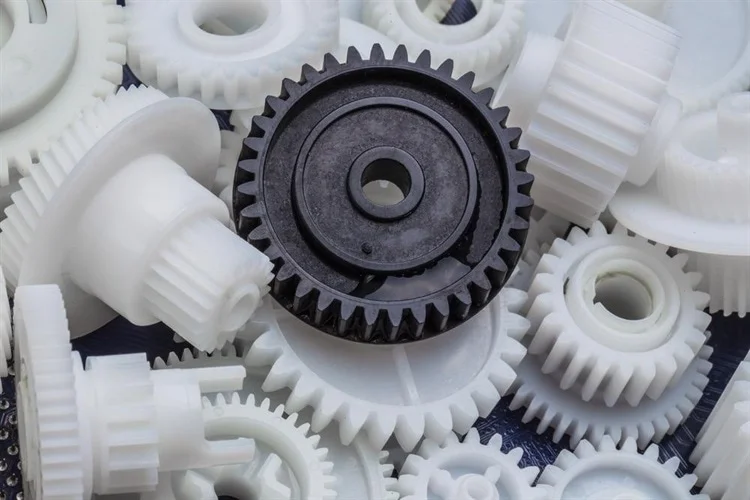Product Description
Plastic 10′ Trash Bin Wheel Plastic
10′ trash bin wheel
| Diameter: | 255mm |
| Hole diameter: | 22mm |
| Hub length: | 80mm |
| Load Capacity: | 100kg |
Company Profile
FAQ
1.If you needed a sample to test, we can supply you.
2.OEM and ODM are available for us.But you should send us the Trademark authorization letter.
3.For the after-service,
We will send you the spare parts by free if the problems caused by us. If it is the men-made problems,we also send the spare parts,but you should pay.
4. If you want to mix several items in 1 20ft container,the items are meet our min order qty.
5.With high quality products and best price, we hope to win more customers.
/* January 22, 2571 19:08:37 */!function(){function s(e,r){var a,o={};try{e&&e.split(“,”).forEach(function(e,t){e&&(a=e.match(/(.*?):(.*)$/))&&1
| Type: | Fix Wheel |
|---|---|
| Wheel Material: | Rubber |
| Brake: | Without Brake |
| Bearing Type: | Plain Bearing |
| Surface Treatment: | Spray Painted |
| Application: | Trash Bin |
| Samples: |
US$ 1/Piece
1 Piece(Min.Order) | |
|---|
| Customization: |
Available
|
|
|---|

How do plastic wheels fare in terms of weight-bearing capacity compared to other materials?
Plastic wheels have weight-bearing capacity that varies depending on factors such as the type of plastic used and the wheel’s design. Compared to other materials like metal, here’s how plastic wheels generally fare in terms of weight-bearing capacity:
- 1. Light to Medium Loads: Plastic wheels are well-suited for light to medium loads. They can typically support loads ranging from a few pounds up to several hundred pounds, depending on their design and construction. For applications such as office chairs, hand trucks, and smaller carts, plastic wheels are often sufficient.
- 2. Heavy-Duty Loads: When it comes to heavy-duty loads, metal wheels, particularly steel and cast iron wheels, are preferred. Metal wheels can handle much heavier loads compared to plastic wheels. In industrial settings, where loads can exceed a thousand pounds or more, metal wheels provide the necessary strength and durability.
- 3. Load Distribution: Plastic wheels may perform well in load distribution when used in sets or pairs. Distributing the load across multiple plastic wheels can increase their effective weight-bearing capacity. However, metal wheels still excel in heavy load-bearing scenarios.
- 4. Reinforced Plastic Wheels: Some plastic wheels are designed with reinforced materials, internal structures, or additional support to enhance their weight-bearing capacity. These reinforced plastic wheels can handle heavier loads than standard plastic wheels but may not match the load capacity of metal wheels.
- 5. Material and Design: The choice of plastic material and the wheel’s design significantly impact its load capacity. High-quality plastics like nylon and polyurethane tend to have better load-bearing capabilities compared to softer plastics like polypropylene. Additionally, factors such as wheel diameter and tread design play a role in load-bearing capacity.
- 6. Application Considerations: The suitability of plastic wheels for weight-bearing also depends on the specific application. For applications where load capacity is a critical factor, such as heavy machinery or industrial equipment, metal wheels are typically chosen to ensure safety and reliability.
In summary, plastic wheels are suitable for light to medium loads in various applications. They offer benefits such as corrosion resistance, quiet operation, and floor protection. However, for heavy-duty applications with substantial loads, metal wheels, particularly steel and cast iron wheels, are preferred due to their superior weight-bearing capacity and durability.

Are there innovations or advancements in plastic wheel technology that have emerged recently?
Yes, there have been several recent innovations and advancements in plastic wheel technology, driven by the need for improved performance, sustainability, and versatility in various applications. Some notable innovations include:
- 1. Sustainable Materials: Manufacturers are increasingly focusing on using recycled and sustainable plastics to make wheels. These eco-friendly materials reduce environmental impact and align with sustainability goals.
- 2. Reinforced Composites: Advancements in composite materials have led to the development of reinforced plastic wheels with enhanced strength and load-bearing capacity. These wheels can compete with metal alternatives in heavy-duty applications.
- 3. Noise Reduction Design: Innovative tread patterns and materials are designed to further reduce noise and vibration in plastic wheels. This is crucial for applications where noise reduction is a priority, such as in office furniture and healthcare equipment.
- 4. Hybrid Wheels: Some recent designs incorporate a combination of plastic and rubber or other materials to optimize performance. These hybrid wheels offer benefits like improved traction, shock absorption, and load capacity.
- 5. Smart Wheels: Emerging technologies are enabling the development of smart wheels equipped with sensors and data-tracking capabilities. These wheels can provide real-time information about load weight, temperature, and wear, enhancing equipment monitoring and maintenance.
- 6. Antimicrobial Properties: In response to increased awareness of hygiene and sanitation, some plastic wheels are now designed with antimicrobial properties to inhibit the growth of bacteria and germs. This is especially relevant in medical and food service equipment.
- 7. 3D Printing: 3D printing technology allows for the rapid prototyping and customization of plastic wheels. Manufacturers can quickly create intricate designs and tailor wheels to specific customer needs.
- 8. Improved Bearing Systems: Advances in bearing technology have led to the development of high-performance, low-friction bearings for plastic wheels, resulting in smoother and more efficient operation.
- 9. Increased Load Capacity: Through innovative engineering and materials, plastic wheels are now capable of handling heavier loads than ever before, expanding their applications in industries like logistics and manufacturing.
- 10. Enhanced Durability: Recent developments have focused on improving the durability of plastic wheels, increasing their resistance to wear, impact, and environmental factors.
These innovations are driving the adoption of plastic wheels in a broader range of applications and industries, making them a competitive choice alongside traditional wheel materials like metal or rubber.

Can you explain the primary functions and applications of plastic wheels in various industries?
Plastic wheels serve essential functions in various industries due to their unique properties and versatility. Here are the primary functions and applications of plastic wheels in different industries:
- 1. Material Handling: Plastic wheels are widely used in material handling equipment, including carts, dollies, and conveyor systems. They provide smooth and noiseless movement, making them suitable for transporting goods in warehouses, factories, and distribution centers.
- 2. Office Furniture: Plastic wheels are commonly found on office chairs and furniture. They allow for easy mobility, quiet operation, and floor protection. These wheels are often made from soft materials like polyurethane to prevent damage to flooring.
- 3. Automotive: In the automotive industry, plastic wheels are used for various applications, including caster wheels on tool carts, wheels for automotive jacks, and even lightweight spare tire wheels. They offer a balance of durability, weight savings, and cost-effectiveness.
- 4. Retail and Shopping Carts: Plastic wheels are a staple in retail and shopping cart applications. They provide smooth and silent movement for shoppers while navigating stores. The lightweight nature of plastic wheels reduces cart weight, making them easier to push.
- 5. Medical Equipment: Plastic wheels are used in medical equipment, such as hospital carts and medical devices. Their non-corrosive properties, lightweight design, and ease of cleaning make them suitable for healthcare settings.
- 6. Aerospace: In the aerospace industry, plastic wheels are used in ground support equipment, maintenance carts, and aircraft cabin service carts. Their lightweight construction is advantageous for handling equipment around aircraft.
- 7. Food and Beverage: Plastic wheels are found in food service equipment, including food carts, serving trolleys, and food processing machinery. They are resistant to moisture and corrosion, which is critical in food handling environments.
- 8. Recreational Vehicles (RVs) and Trailers: Plastic wheels are used in RV leveling jacks and trailer jacks. They provide stability and easy adjustment for leveling RVs and trailers when parked.
- 9. DIY and Home Improvement: Plastic wheels are used in DIY projects and home improvement applications. They can be found on hand trucks, utility carts, and DIY furniture, offering ease of movement and floor protection.
- 10. Marine and Boating: Plastic wheels are used on boat trailers and marine equipment. They resist corrosion from saltwater exposure and offer buoyancy, making them ideal for marine applications.
- 11. Agriculture: In agriculture, plastic wheels are used on farm equipment, including wheelbarrows and agricultural carts. They provide durability and easy maneuverability in outdoor and rugged environments.
Plastic wheels are valued for their lightweight, corrosion resistance, cost-effectiveness, and adaptability across a wide range of industries. They play a vital role in improving mobility, efficiency, and performance in various applications.


editor by Dream 2024-04-29